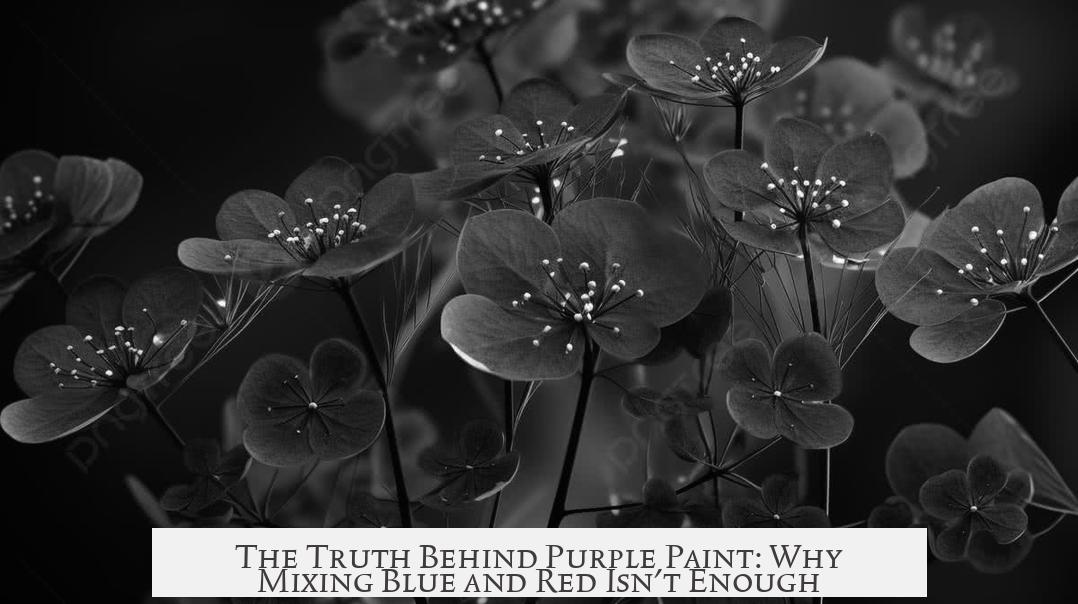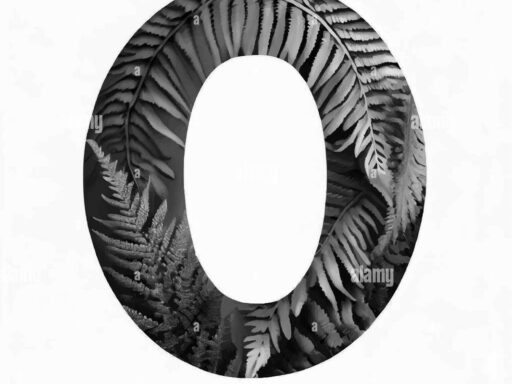Mixing blue and red pigments cannot replicate the rare and expensive Tyrian purple because the resulting colors differ fundamentally in their chemical and optical properties. Tyrian purple’s rarity comes from its unique molecular structure and production process, not just its hue. Mixing ordinary blue and red pigments creates muddy, dull purples rather than the vibrant and deep shade that Tyrian purple uniquely offers.
Tyrian purple is a dye extracted from the mucus of Mediterranean gastropods and urchins. Producing even a gram requires about 10,000 snails, making it extremely costly and scarce. Despite that, its color cannot be duplicated by simply mixing blue and red pigments. This is because pigments and dyes work on principles of light absorption and reflection that are far more complex than merely blending colors.
When mixing pigments like tempera or other paints, the resulting color is influenced by how each pigment absorbs and reflects different wavelengths of light. Pigments don’t combine their colors in a straightforward way. Instead, their unique absorption spectra create overlaps and cancellations that often yield a dull or muddy result. This is why a mix of blue and red often appears as a muted purple rather than a vivid one.
The complex quantum mechanical interactions of light with pigment molecules generate absorption spectra. These spectra feature various peaks and valleys at different wavelengths, unique to every pigment. Trying to overlay the absorption spectrum of blue and red pigments to recreate Tyrian purple’s spectrum is practically impossible. The result is color “noise” that our eyes interpret as muddy or washed out purple.
Ancient people understood color mixing well and experimented extensively with mineral-based pigments, such as copper, iron, and silica compounds, to create diverse hues. They produced many colors, including blues and greens, by modifying these mineral ores. However, achieving certain colors like Tyrian purple demanded rare natural sources and complex extraction processes rather than mere pigment mixing.
Furthermore, the quest for vivid colors often involved toxic substances. Some of the brightest reds and yellows came from mercury and arsenic compounds, while lead produced the purest white pigments. Ancient artists knew about the toxicity but used these pigments sparingly due to their rarity and the small scale of their application. For example, arsenic-based pigments deliver saturation that mixing blue and red simply cannot match.
Ancient colorants were classified as pigments, dyes, or paints:
- Pigments: Insoluble powdered substances that color objects by coating their surfaces; require binders to adhere.
- Dyes: Soluble compounds that chemically or physically bind to surfaces and penetrate materials.
- Paints: Mixtures of pigments or dyes with solvents or fixants like oils or egg whites, drying into colored layers.
Tyrian purple is a dye, not merely a pigment. It chemically binds to fabrics in a way that mixing pigments cannot replicate. Its vivid color results from the dye’s molecular structure, and its production is labor-intensive and scarce.
Before the industrial revolution, all bright dyes were rare and expensive, including reds, blues, and purples. Reds were crucial in funding technological advances due to their desirability and scarcity, and blues were almost as prized. Tyrian purple ranked among the costliest because of its snail-based extraction process.
Attempting to mix ordinary blue and red colors cannot substitute for Tyrian purple’s brilliance. The unique chemical properties of the dye, coupled with its rarity, make it irreplaceable by pigment mixtures. For artists seeking an exact shade, the costs and complexities justified using costly natural dyes rather than blending multiple pigments with less precise results.
In practice, mixing blue and red pigments creates a dull purplish brown, not a bright or clear purple. The difference is due to absorptive and reflective properties rather than a simple hue blending problem.
Key points:
- Tyrian purple is a rare dye requiring thousands of snails for small amounts.
- Mixing blue and red pigments results in dull, muddy colors, not vibrant purple.
- Color arises from complex light absorption spectra unique to each pigment or dye.
- Ancient artists experimented with many pigments but could not replicate Tyrian purple by mixing.
- Toxic metallic pigments were used historically for vivid color but came with health risks.
- All bright dyes, including purple, were costly before industrial production methods.
Why can’t ancient artists just mix blue and red to make purple?
Mixing blue and red pigments rarely creates a bright, clear purple. Most mixed purples look dull or muddy because pigments absorb and reflect light in complex ways. The absorption patterns don’t simply blend to recreate pure purple hues.
What made Tyrian purple so rare and expensive compared to mixed colors?
Tyrian purple came from thousands of sea snails, making it costly and scarce. Unlike mixed colors, this dye had unique properties that mixing common pigments couldn’t replicate. Its production was labor-intensive and limited by natural resources.
Did ancient people try mixing colors often to get different shades?
Yes, ancient artists frequently mixed colors. They experimented with minerals and metals to achieve hues. However, the specific qualities of certain colors, such as Tyrian purple, could not be mimicked by simple mixtures.
Was toxicity a factor in the choice of pigments for making purple or other colors?
Yes. Many vivid pigments contained toxic metals like mercury or arsenic. Ancient people knew about these risks but balanced color needs with health dangers. This sometimes limited color options or made certain pigments rare despite their brightness.




